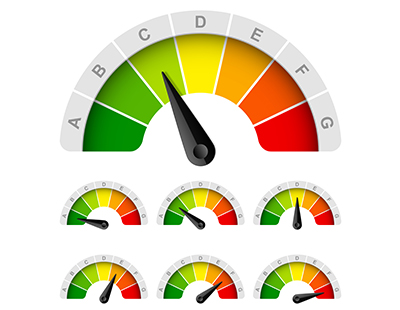
The government should be more ambitious when it comes to ensuring the private rented sector becomes increasingly energy efficient.
That’s the message from the Residential Landlords’ Association which says Whitehall should speed up the implementation of the Minimum Energy Efficiency Standards, which say that from April 2020 all private sector properties must have at least an E rating on their Energy Performance Certificates.
In its forthcoming submission to the Treasury ahead of the Budget , the RLA will call for all private rented homes to be as energy efficient as possible.
To achieve this, it wants all work carried out by landlords that is recommended on an Energy Performance Certificate to be considered a tax deductible repair. This would encourage a culture of continuous improvements to properties rather than simply meeting set targets and leaving them there.
New research by the RLA’s research body, PEARL, has found that 37 per cent of landlords with properties rated F or G are unable to afford to bring their property up to at least an E rating. On average, such landlords reported that it would cost them almost £5,800 to bring their properties up to the required standard.
Previous research by RLA PEARL has found that 61 per cent of landlords reported that tax relief for energy efficiency works would encourage them to improve the energy efficiency of their properties.
With ministers having previously withdrawn the Landlord Energy Savings Allowance because of a lack of take up, the RLA argues that targeted tax relief for energy improvements could be more readily taken up in combination with the back stop of minimum targets to reach. This would increasing the take up of the tax relief.
The proportion of private rented homes with an Energy Performance Rating of F or G has fallen from just over 25 per cent in 2006 to under seven per cent in 2016, the latest data available.










%20-%20IMAGE%20Client%20Accounting%20%E2%80%93%20what%20are%20your%20options.jpg)









Join the conversation
Be the first to comment (please use the comment box below)
Please login to comment